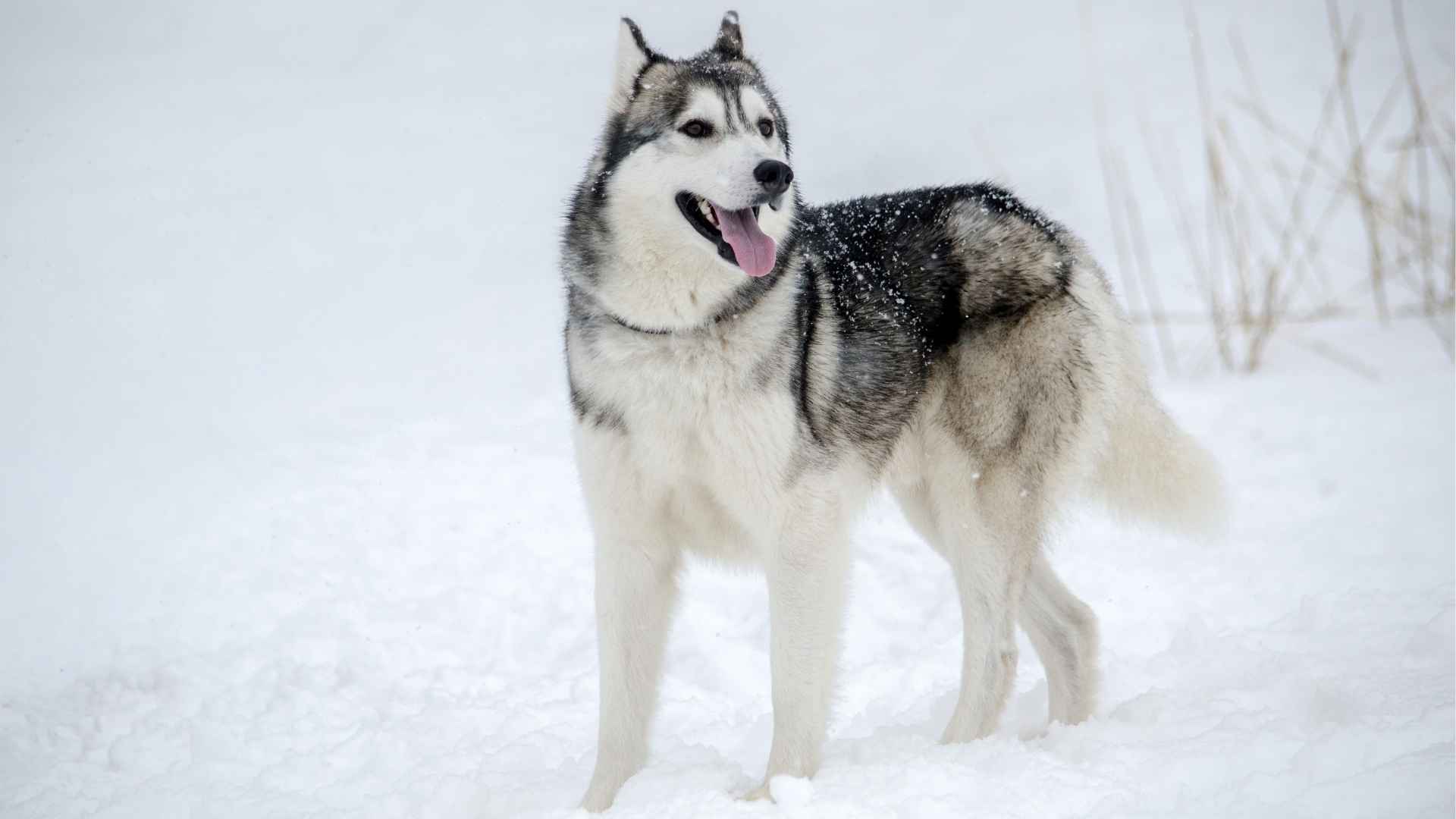If you’ve ever had to spend an hour de-snowballing your dog’s legs after a winter walk, you know the struggle is real. Those cute little ice clumps? Not so cute when your dog turns into a furry snowman. But what if we told you some breeds are basically immune to that winter mess?
Snowball-resistant fur is a gift from the snow gods, and certain breeds were blessed with it. These pups can prance through powder without turning into a mobile snow cone. Whether it’s thanks to sleek coats, dense insulation, or just good genetics, these dogs are ideal companions for cold-climate living.
They don’t just tolerate snow—they own it. Bred for mountain life, icy trails, or frosty tundras, these dogs were built to work, play, and cuddle in the cold without bringing the entire snowfield into your house afterward.
So, if you’re a winter lover looking for a pup that won’t bring a blizzard indoors, stick around. We’re diving into the dog breeds that laugh in the face of snowballs—and look fabulous doing it.
Dog Breeds With Snowball-Resistant Fur
1. Saint Bernard
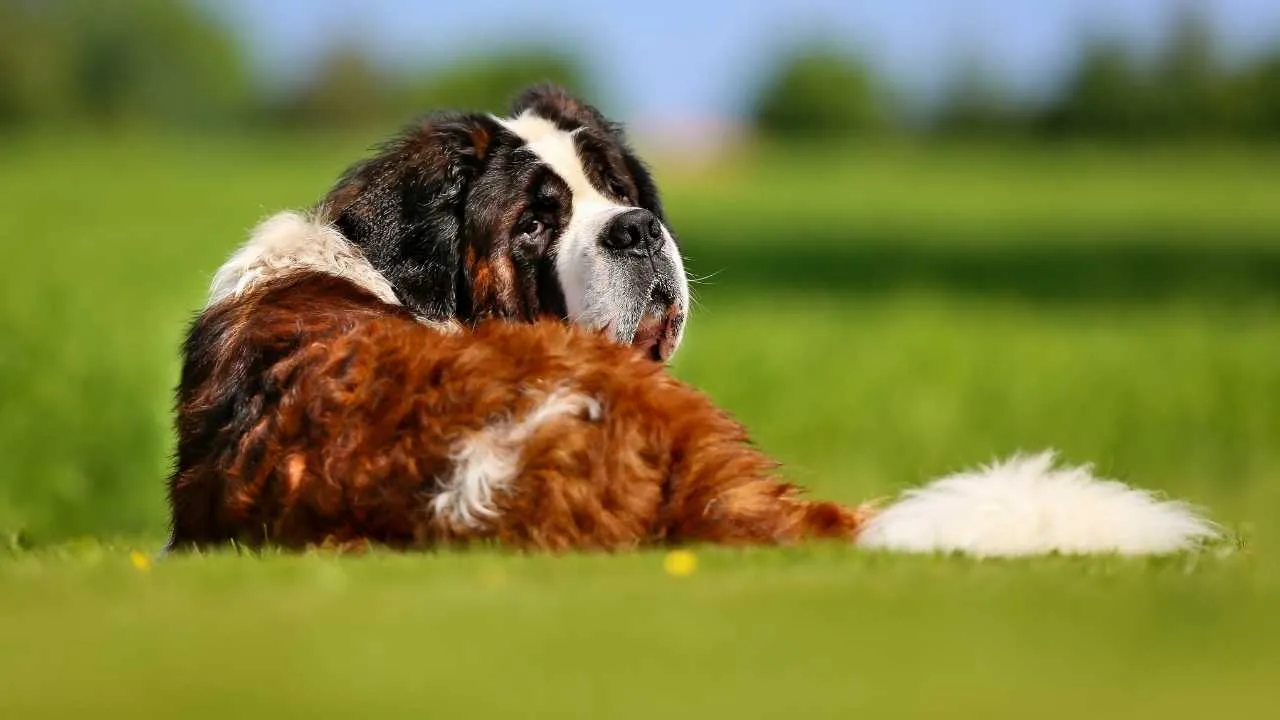
Straight from the snowy peaks of the Swiss Alps, Saint Bernards were born to be lifesavers. These massive, fluffy heroes were originally bred by monks to locate and rescue travelers lost or trapped in snowstorms—think of them as the original search-and-rescue dogs, equipped with super-sniffers and giant cuddles.
Size:
Height: 26 to 30 inches at the shoulder
Weight: 120 to 180 pounds, sometimes even more
With their thick, dense coat, they’re perfectly designed to handle freezing temps and deep snow. Plus, their calm and gentle nature makes them not just fierce rescuers but also amazing family companions once the mission’s done.
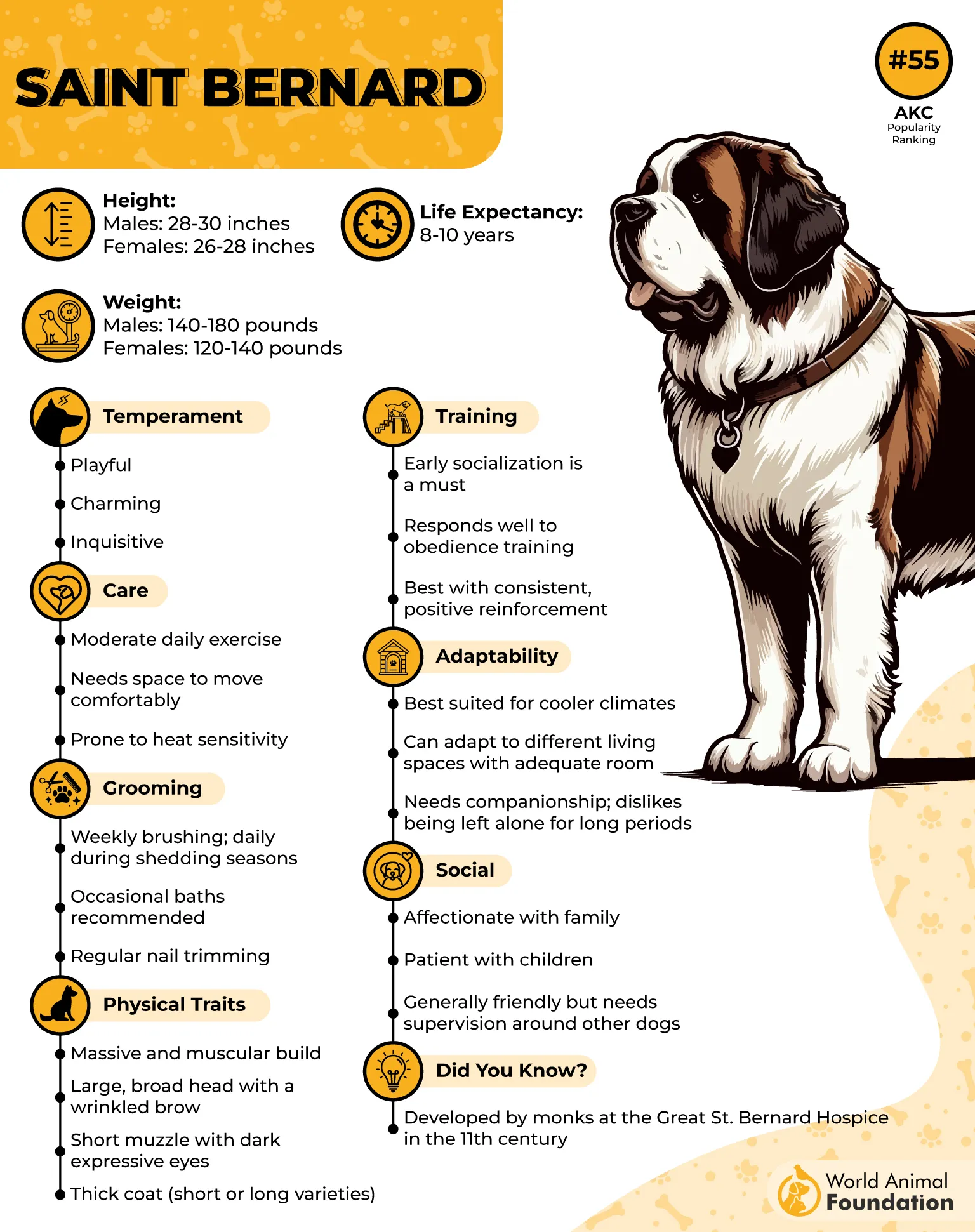
The demeanor of a Saint Bernard is famously gentle, friendly, and calm. Despite their large size, they are known as gentle giants with a kind and patient temperament.
Why Saint Bernards Rule the Snow:
Thick, weather-resistant coat built for Alpine winters
Incredible scent-tracking ability for search and rescue
Calm, patient demeanor is perfect for snowy family life
Saint Bernard dogs are known for their laid-back nature, so they don’t require much exercise. However, they still need some physical activity through play.
WebMD says to keep them clean and well-groomed. Saint Bernards should be brushed often and bathed regularly. Before bathing, it’s important to brush them thoroughly to detangle and remove any mats from their coat.
Fun Fact: Legend says Saint Bernards once carried tiny barrels of brandy around their necks to warm stranded travelers—whether true or not, they’re definitely the coolest snow buddies out there!
2. Alaskan Malamute
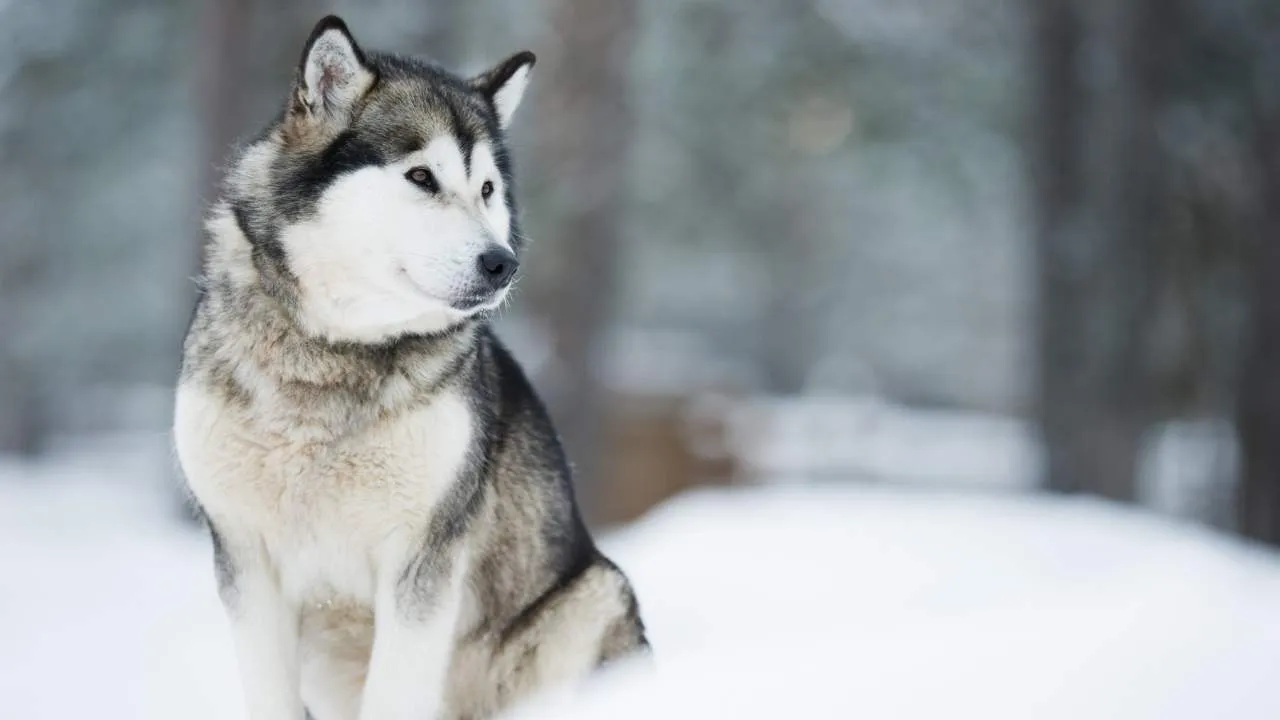
The Alaskan Malamute is basically the granddaddy of all Arctic sled dogs — the oldest and biggest of the bunch. These strong, burly pups were bred to haul heavy freight across the icy tundra, pulling loads that would make a snowplow jealous.
Size:
Height: 23 to 25 inches
Weight: 75 to 85 pounds
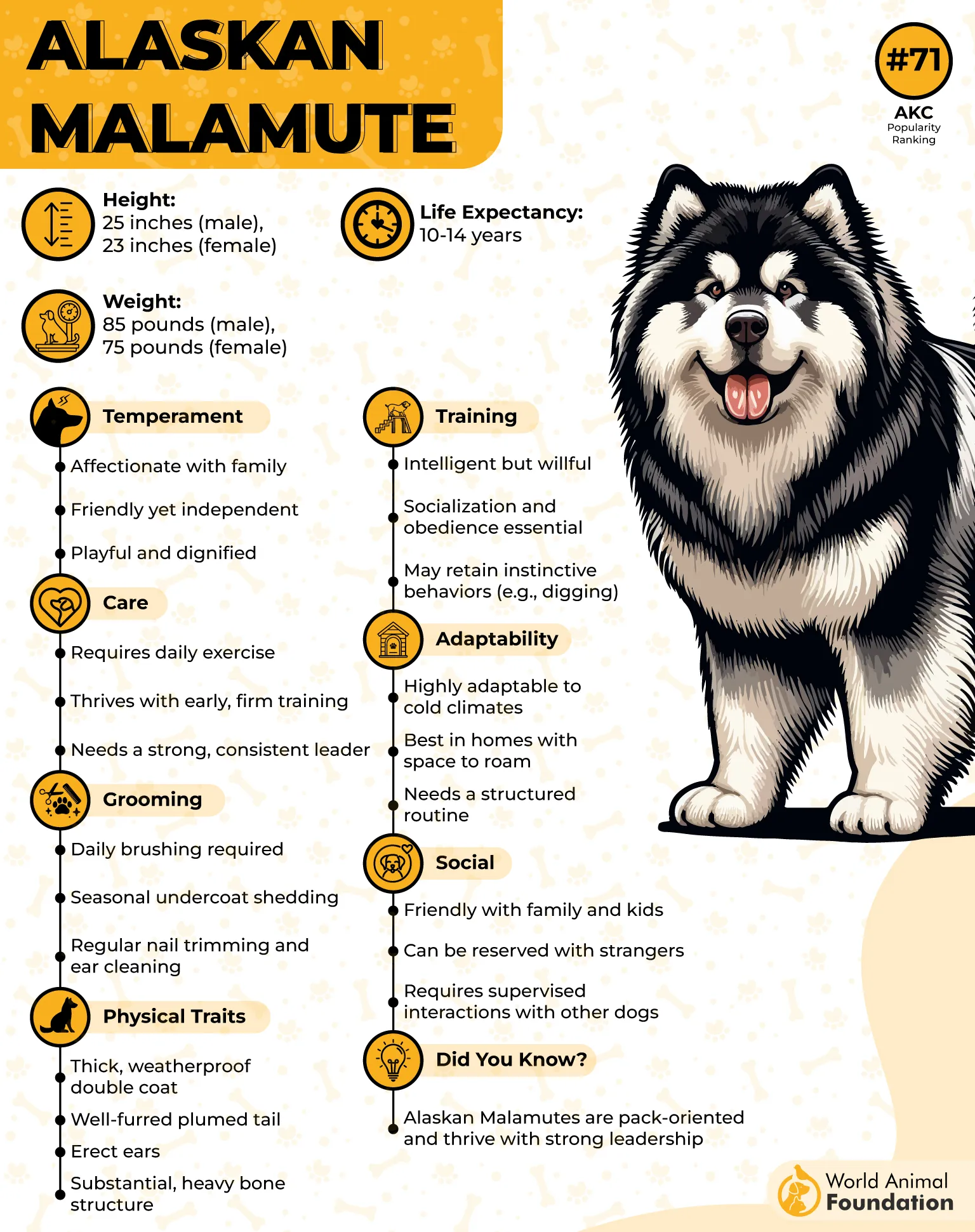
They have thick double coats, usually in shades of gray, black, sable, or red with white markings, and a distinctive plume tail that curls over their back. Their strong build and wolf-like facial features give them a majestic, rugged look.
They are friendly, outgoing, and affectionate, but also very energetic and strong-willed. They’re great with families and generally good with other dogs if socialized early.
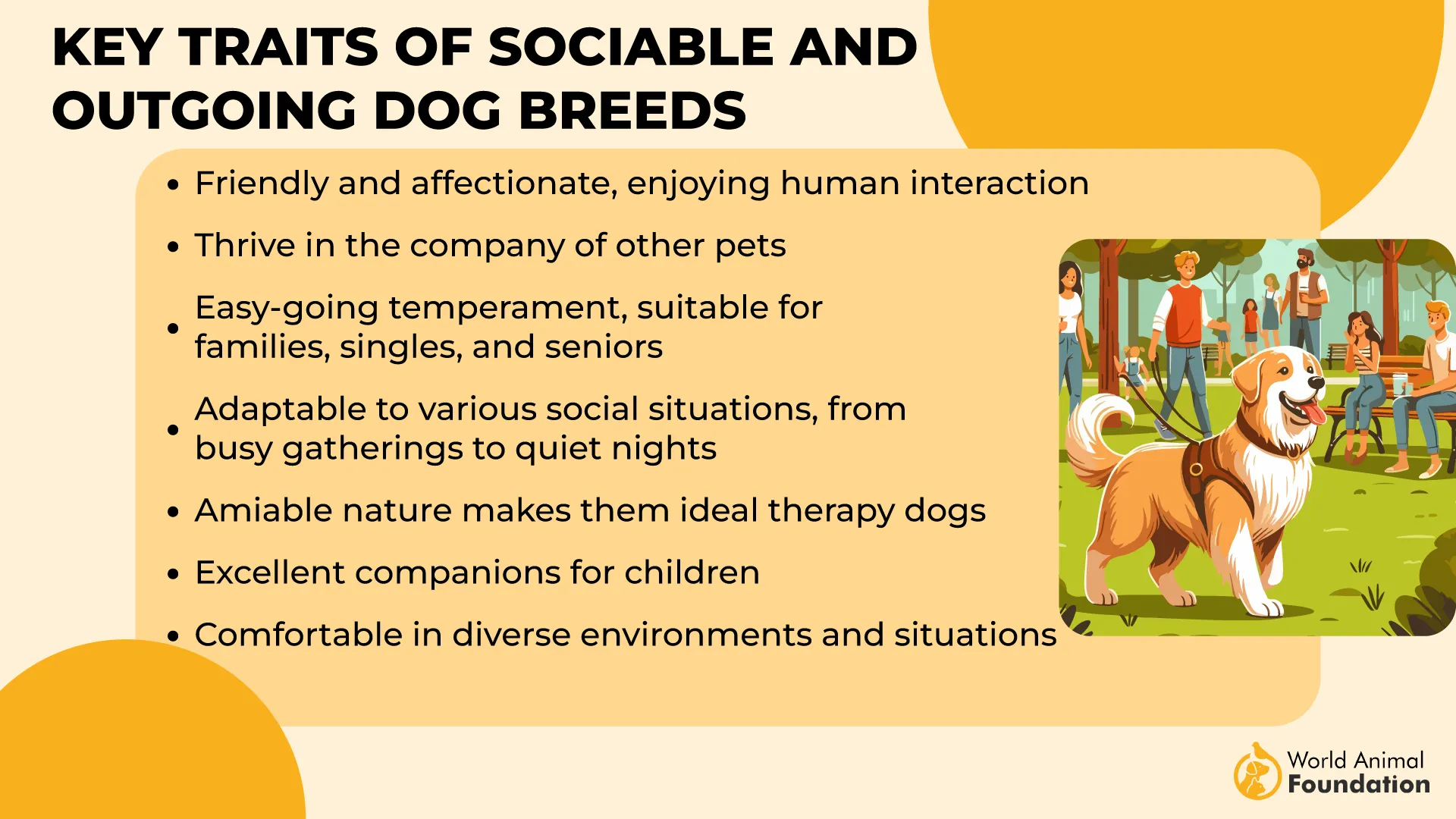
Why Malamutes Master the Cold:
Dense, coarse double coat perfect for Arctic chills
Huge, muscular frame built for heavy hauling and endurance
Friendly, pack-oriented personalities make them great team players
Malamutes need plenty of exercise and mental stimulation. They are intelligent and fiercely loyal, but can be stubborn, so consistent training is important.
Fun Fact: Malamutes can pull more weight than many other sled dogs — and still flash that charming “I just conquered the Arctic” grin!
3. Siberian Husky
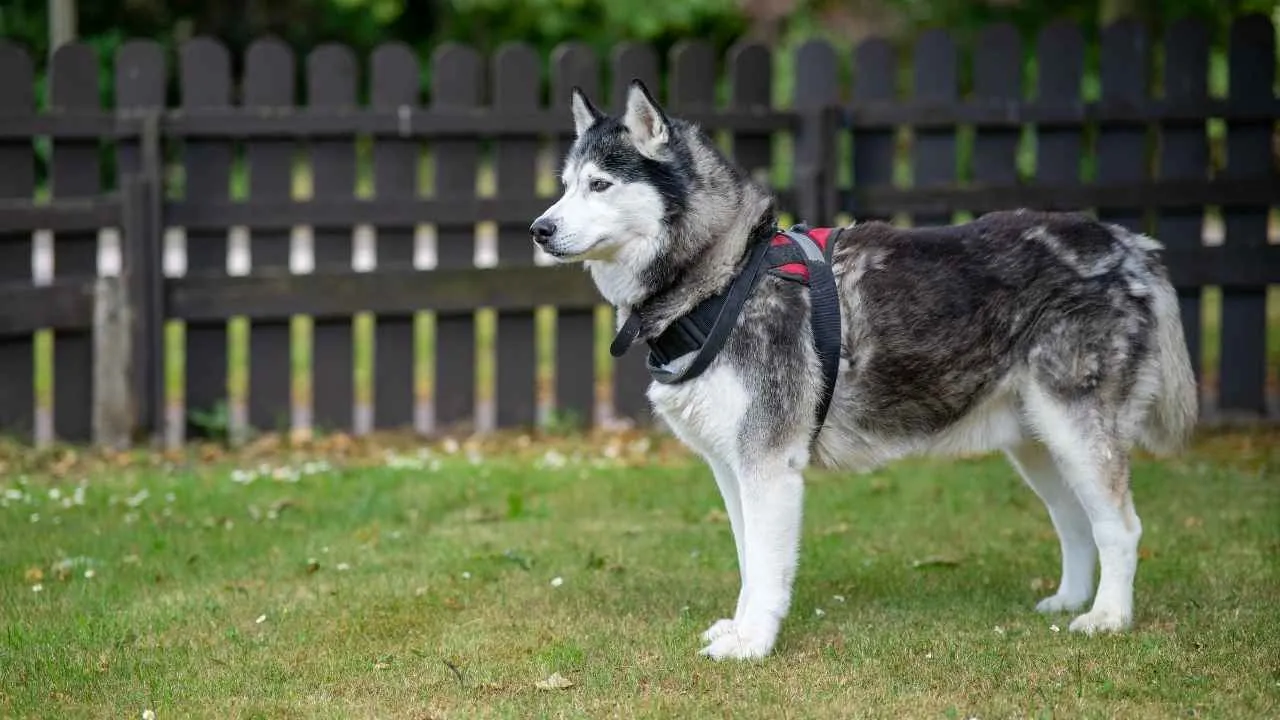
Originating from the frigid regions of Northeast Asia, Siberian Huskies were developed by the Chukchi people of Siberia for their speed and endurance in pulling sleds across vast distances. This medium-sized working breed was specifically bred to handle long journeys through icy terrain, making them both hardy and resilient companions in harsh winter climates.
Size:
Height: 20 to 24 inches
Weight: 35 to 60 pounds
Siberians have almond-shaped eyes that can be brown, blue, or even one of each (heterochromia), giving them a captivating and expressive look. Their ears are medium-sized, triangular, and stand erect, and their bushy tail often curls over the back.
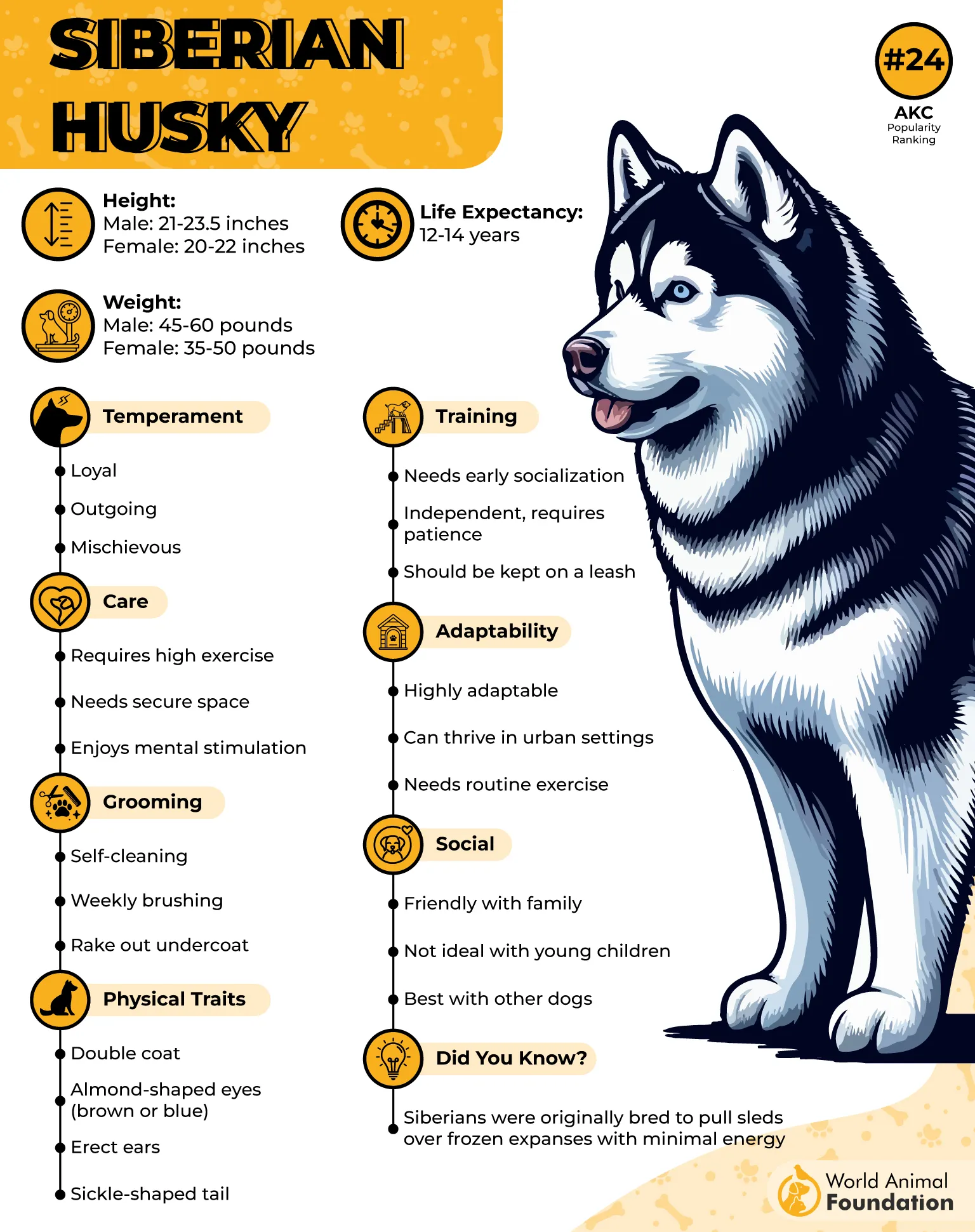
Their coats are a masterclass in cold-weather design — a soft, dense cashmere-like undercoat for warmth, topped by a longer, coarse outer coat that sheds snow and ice like a pro. Think of it as a built-in winter jacket that’s both stylish and practical.
They are highly social dogs who thrive in the company of people and other dogs. Intelligent and independent, Huskies can be stubborn and strong-willed, requiring patient and consistent training.
Why Huskies Excel in Snow:
Dual-layer coat for insulation and snow-shedding
Lithe, athletic bodies built for speed and stamina
Playful and social, making them the life of any snowy pack
They have a high prey drive and love to run, so they need plenty of exercise and mental stimulation. Huskies are not typically aggressive and usually get along well with children and strangers, making them excellent family pets for active owners.
As per Britannica, while Siberians aren’t known for barking much, they are far from silent, often expressing themselves through a range of “woos,” chirps, and howls.
Fun Fact: Huskies have amazing endurance — they can run for hours pulling sleds, all while looking like the coolest dog in town with those piercing blue eyes!
4. Tibetan Mastiff
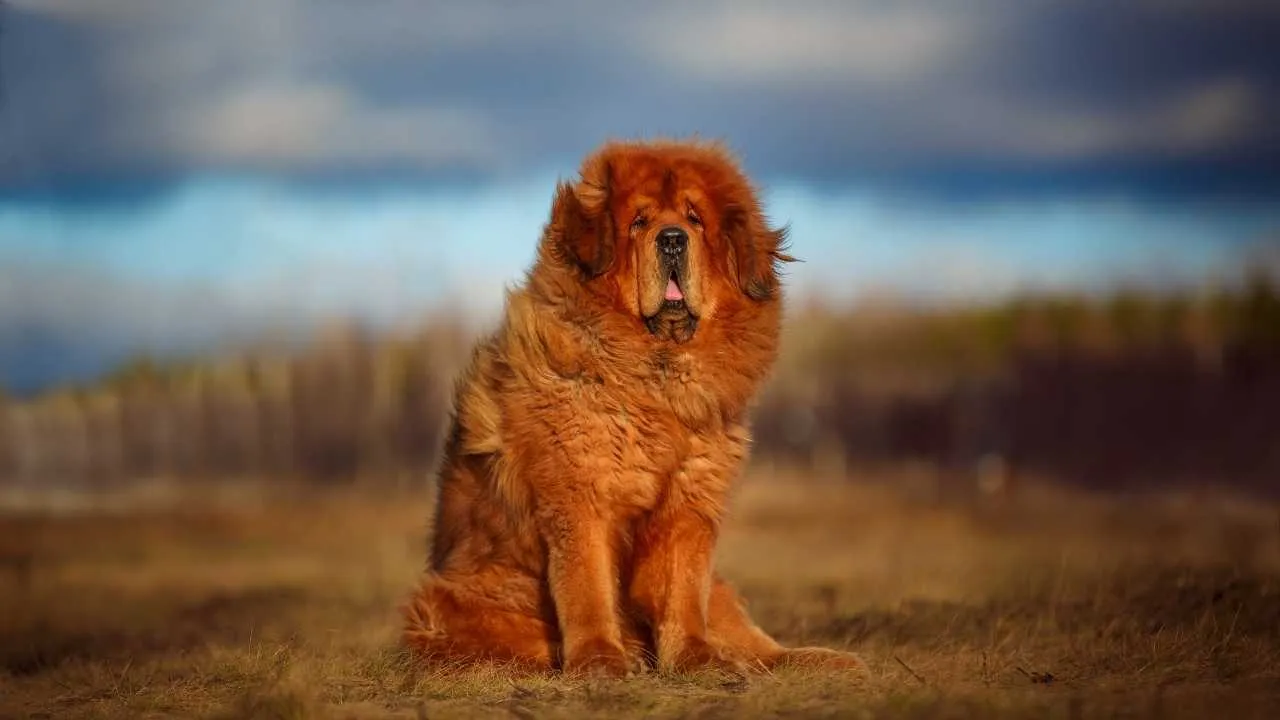
Originating from the lofty Himalayas, Tibetan Mastiffs have been guarding monasteries and herds for centuries. These big, fluffy powerhouses are built to withstand freezing mountain temps and fend off predators like wolves and leopards. Talk about a serious security system—with fur!
Size:
Height: 24 to 30 inches
Weight: 70 to 150 pounds
The Tibetan Mastiff is a massive, powerful dog with a thick double coat that can be woolly or coarse, perfect for harsh mountain climates. They have a lion-like mane around the neck and a broad skull with strong jaws. Their colors vary, including black, brown, and gold, often with tan markings
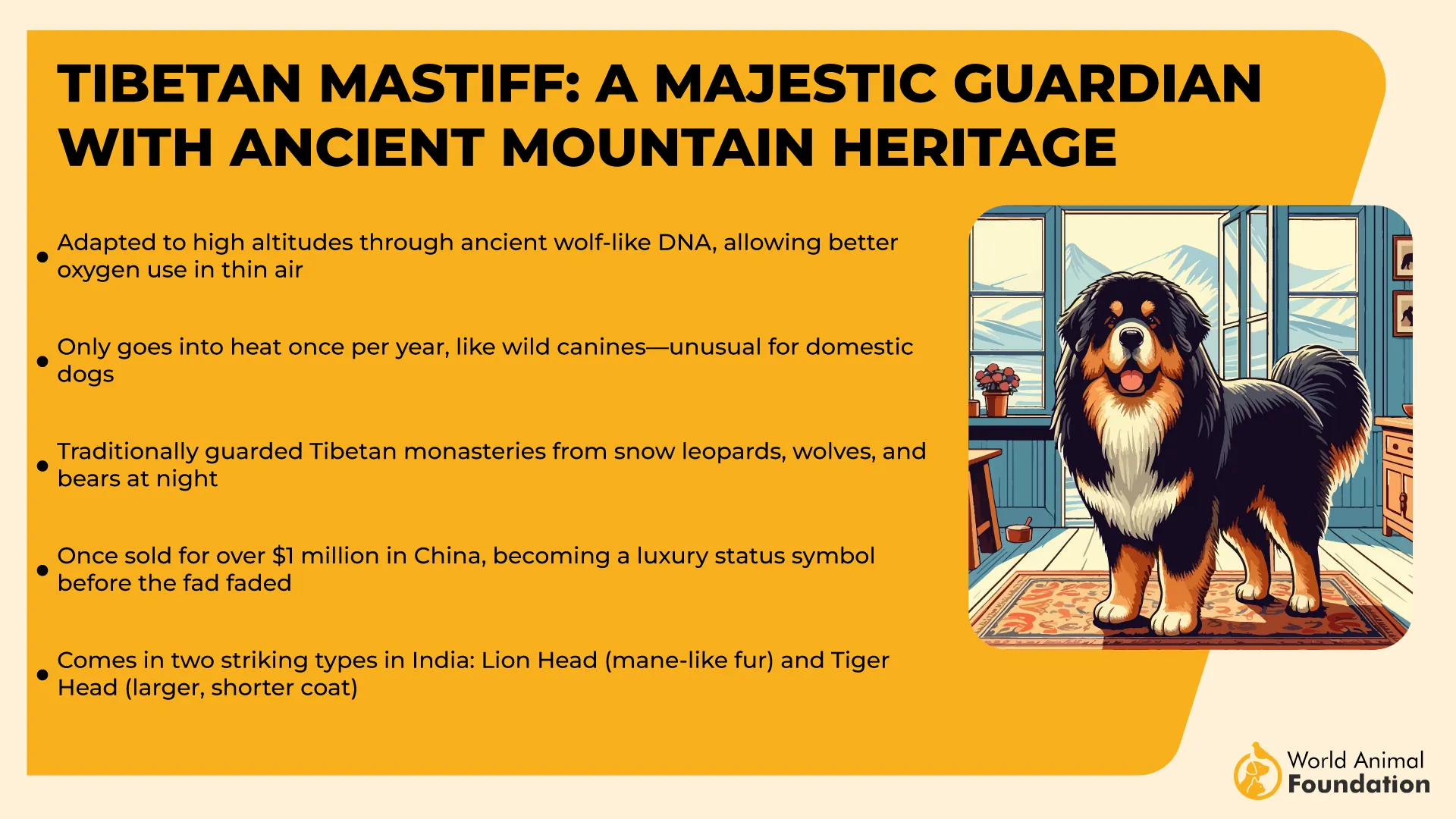
Their dense double coat isn’t just for show; it’s a weatherproof shield that keeps them cozy in bone-chilling cold while making them look like the king of the doggy mountains.
If snowballs tried to stick? Good luck—they’d just roll right off this fluffy fortress. Despite their size and strength, they are loyal and affectionate with their families.
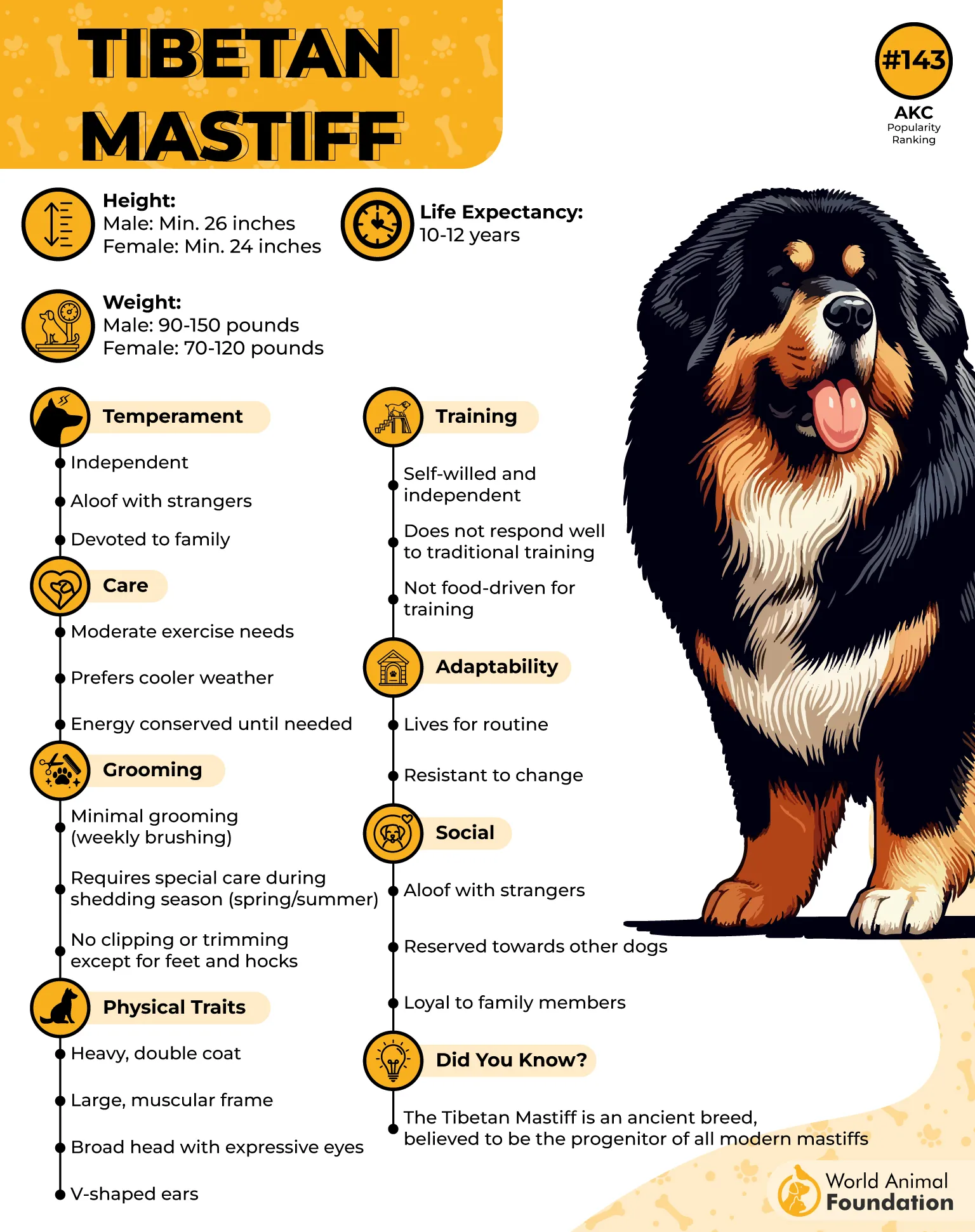
Why Tibetan Mastiffs Rule the Cold:
Thick, heavy coat designed for Himalayan winters
Independent and fiercely protective nature
Strong, sturdy build made for guarding and endurance
Tibetan Mastiffs are known for being independent, protective, and sometimes aloof. They have strong guarding instincts and can be wary of strangers, making them excellent watchdogs. However, they require early socialization and firm, consistent training.
Fun Fact: Tibetan Mastiffs have been known to howl like wolves—perfect for sending “stay away” messages across the mountain valleys.
5. Bernese Mountain Dog
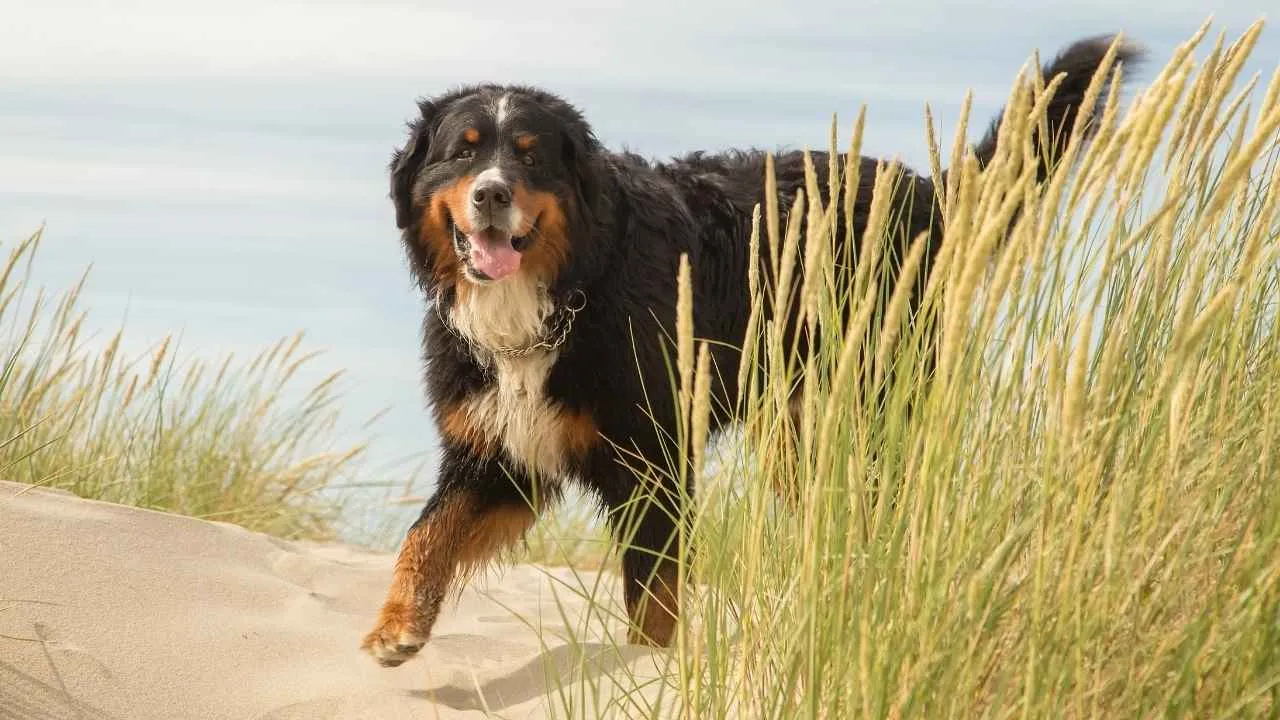
Straight from the Swiss Alps, Bernese Mountain Dogs were the hardworking farm helpers of yore—pulling carts, herding cattle, and keeping farms safe.
Size:
Height: 23 to 28 inches
Weight: 70 to 115 pounds
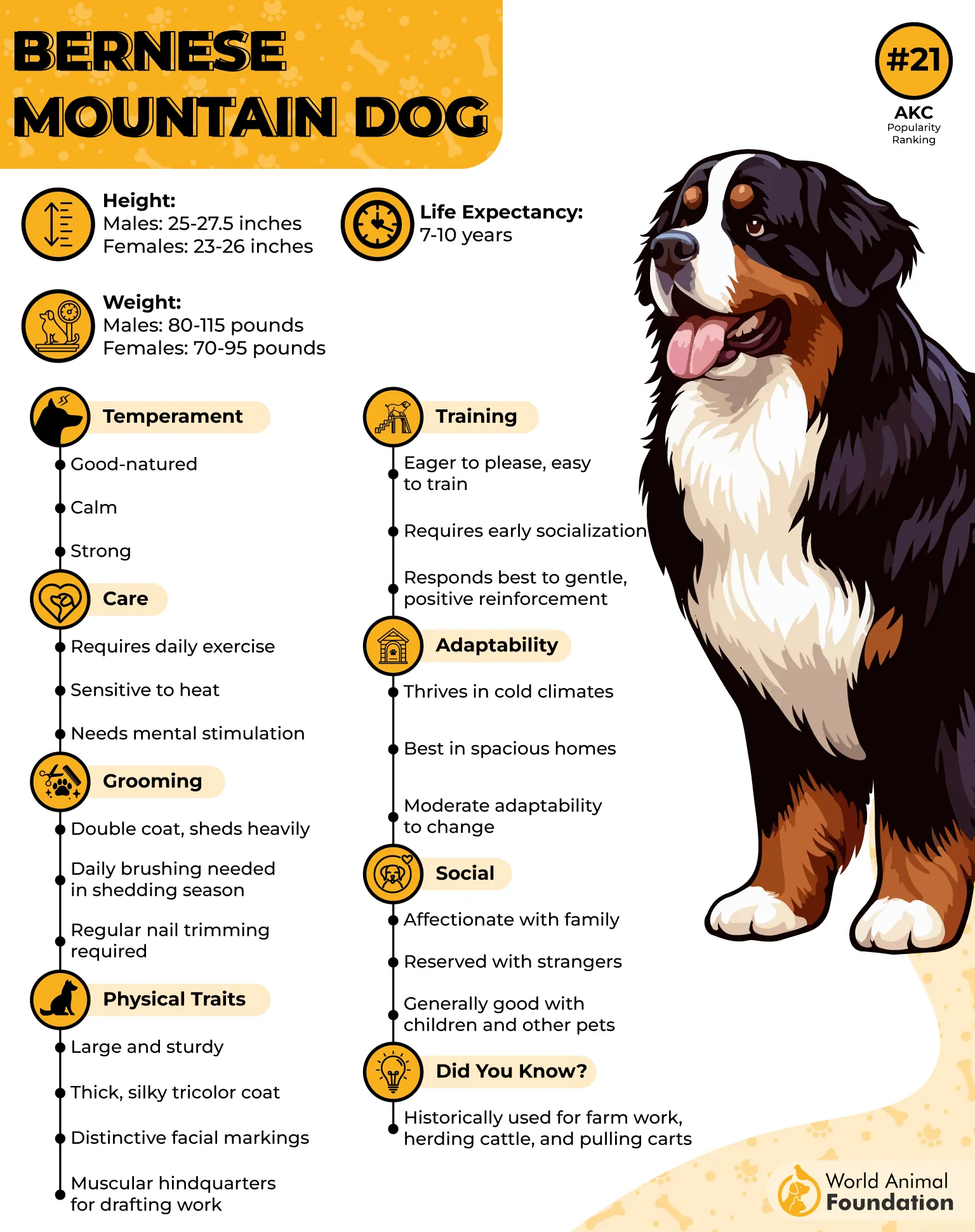
Bernese Mountain Dogs are large, sturdy working dogs with a striking tri-color coat of black, white, and rust. They have a thick double coat that protects them in cold weather, with a broad head, expressive dark eyes, and a gentle expression. Their build is muscular but agile, designed originally for farm work in the Swiss Alps.
These gentle giants have a calm and loving demeanor, but don’t underestimate their strength. They’re built for power and endurance, making them masters of snowy tasks and perfect companions for winter adventures.
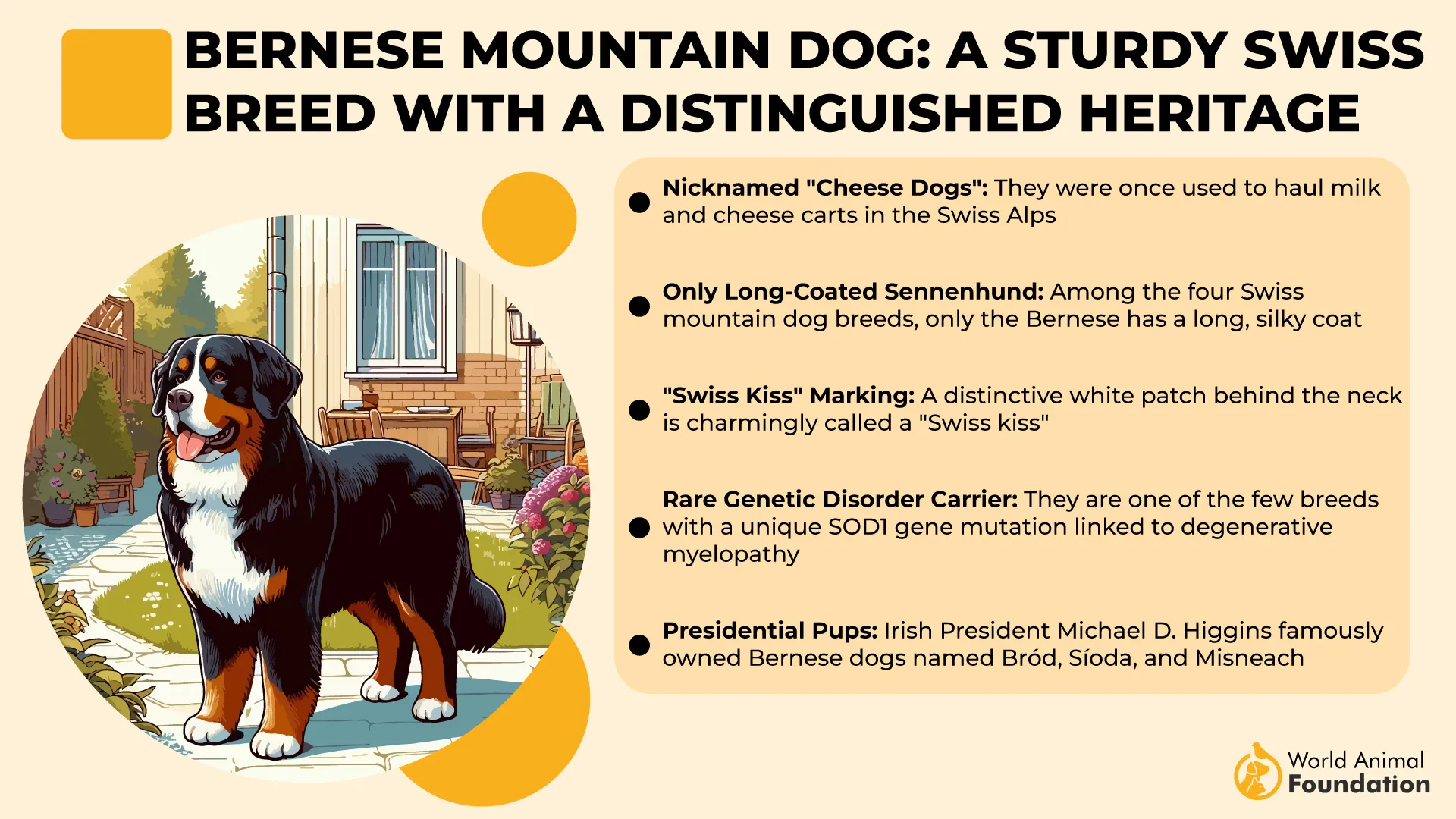
Why Bernese Mountain Dogs Are Winter Warriors:
Luxuriously thick, weather-resistant tri-color coat
Muscular and sturdy, built for farm work and mountain life
Sweet-natured and loyal, always ready to share the snow fun
Berners are great family dogs, known for their patience with children and friendly nature toward strangers. They’re intelligent and eager to please, but can be somewhat shy or reserved around new people. They thrive with regular exercise and plenty of companionship.
Fun Fact: Despite their big size, Berners have a famously soft touch and are often called “gentle giants” for a reason—they love cuddles almost as much as cart-pulling!
6. Samoyed
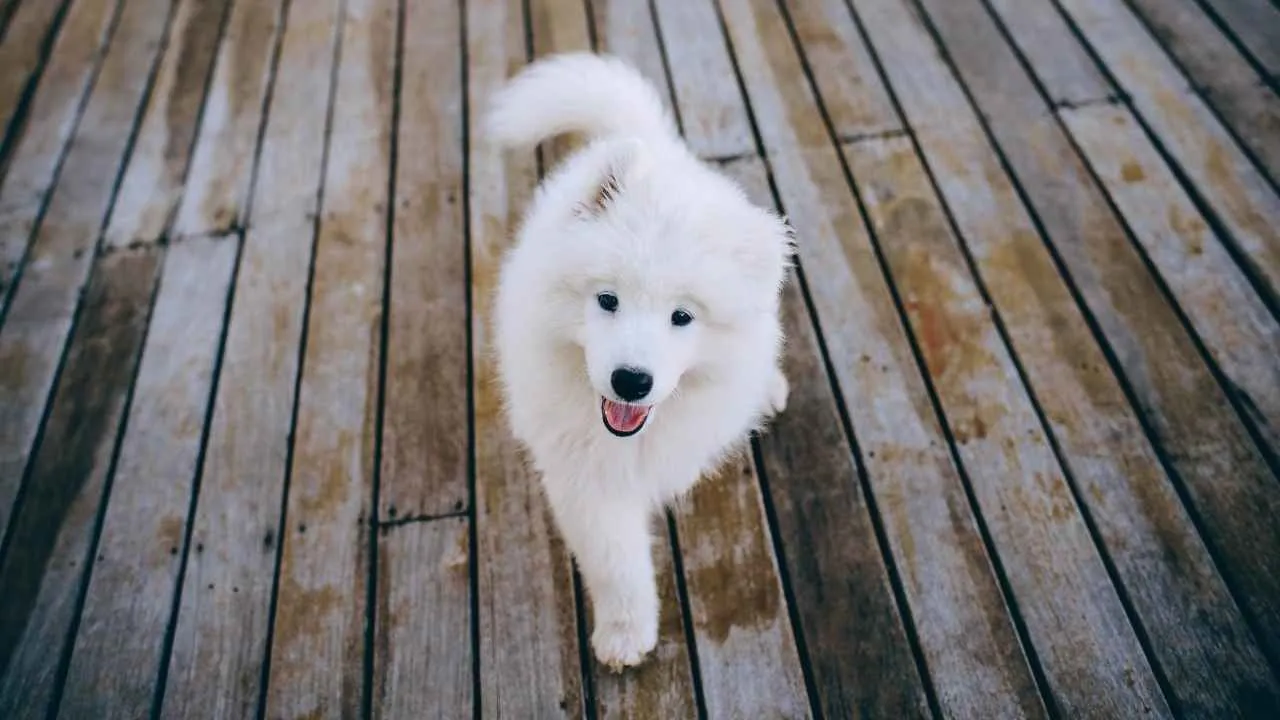
Originating from Siberia, Samoyeds were the trusted companions of the nomadic Samoyede people. These dogs pulled sleds, herded reindeer, and kept their owners warm by snuggling up in frigid Arctic conditions.
Size:
Height: 19 to 23.5 inches
Weight: 35 to 65 pounds
Samoyeds have a wedge-shaped head with erect, triangular ears, dark almond-shaped eyes that sparkle with intelligence, and a distinctive upturned “smile” caused by their slightly curved lips. Their bushy tail curls gracefully over their back, adding to their elegant yet sturdy appearance.
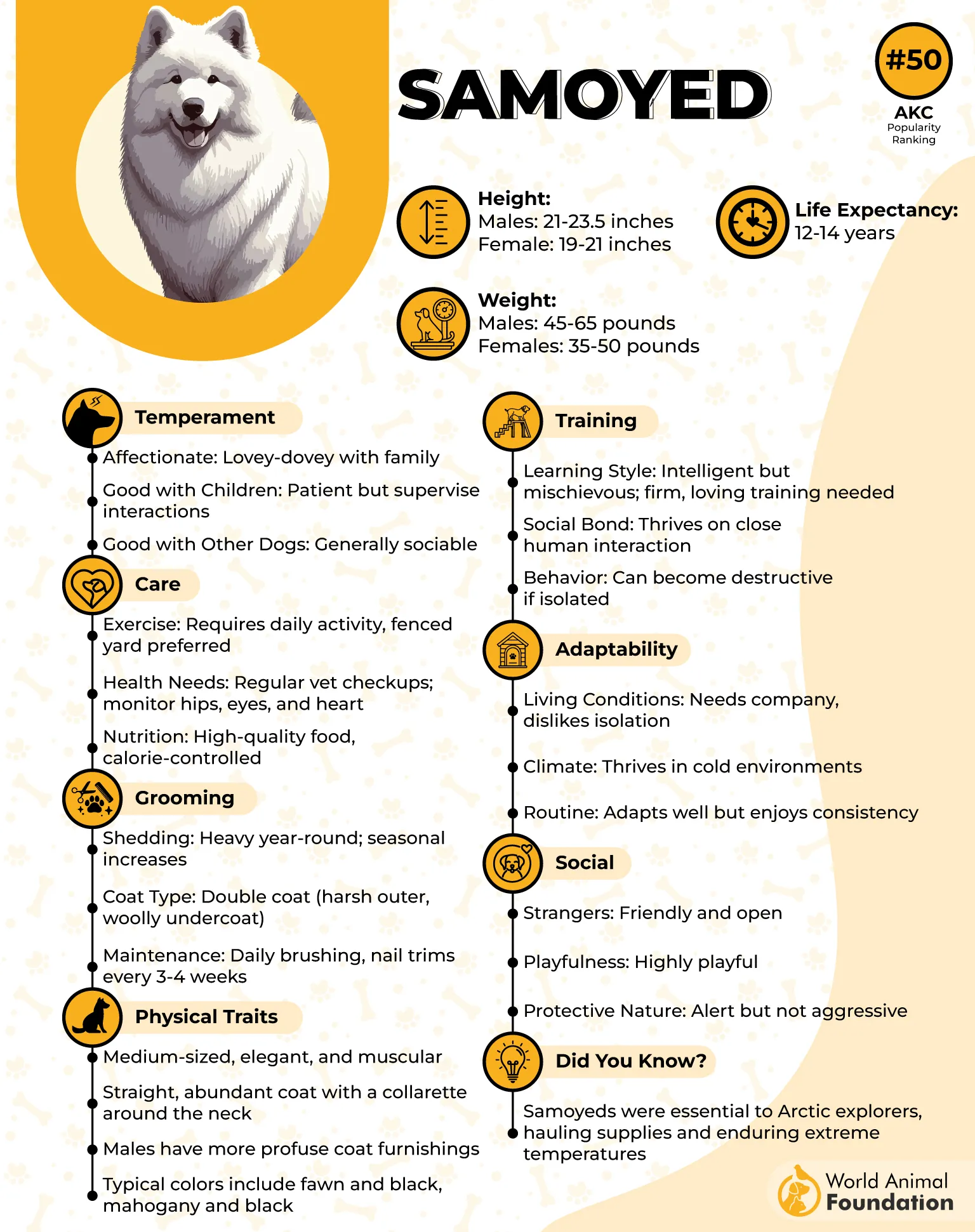
They have a strong, muscular build with a thick double coat that is weather-resistant, keeping them warm in cold Arctic climates where they originated. Whether pulling sleds or prancing through fresh powder, Samoyeds stay warm, dry, and ready to flash their famous “Sammy smile” through any blizzard.
Known for their friendly and gentle demeanor, Samoyeds are affectionate, social, and highly people-oriented dogs. They thrive on human companionship and are great with families and children.
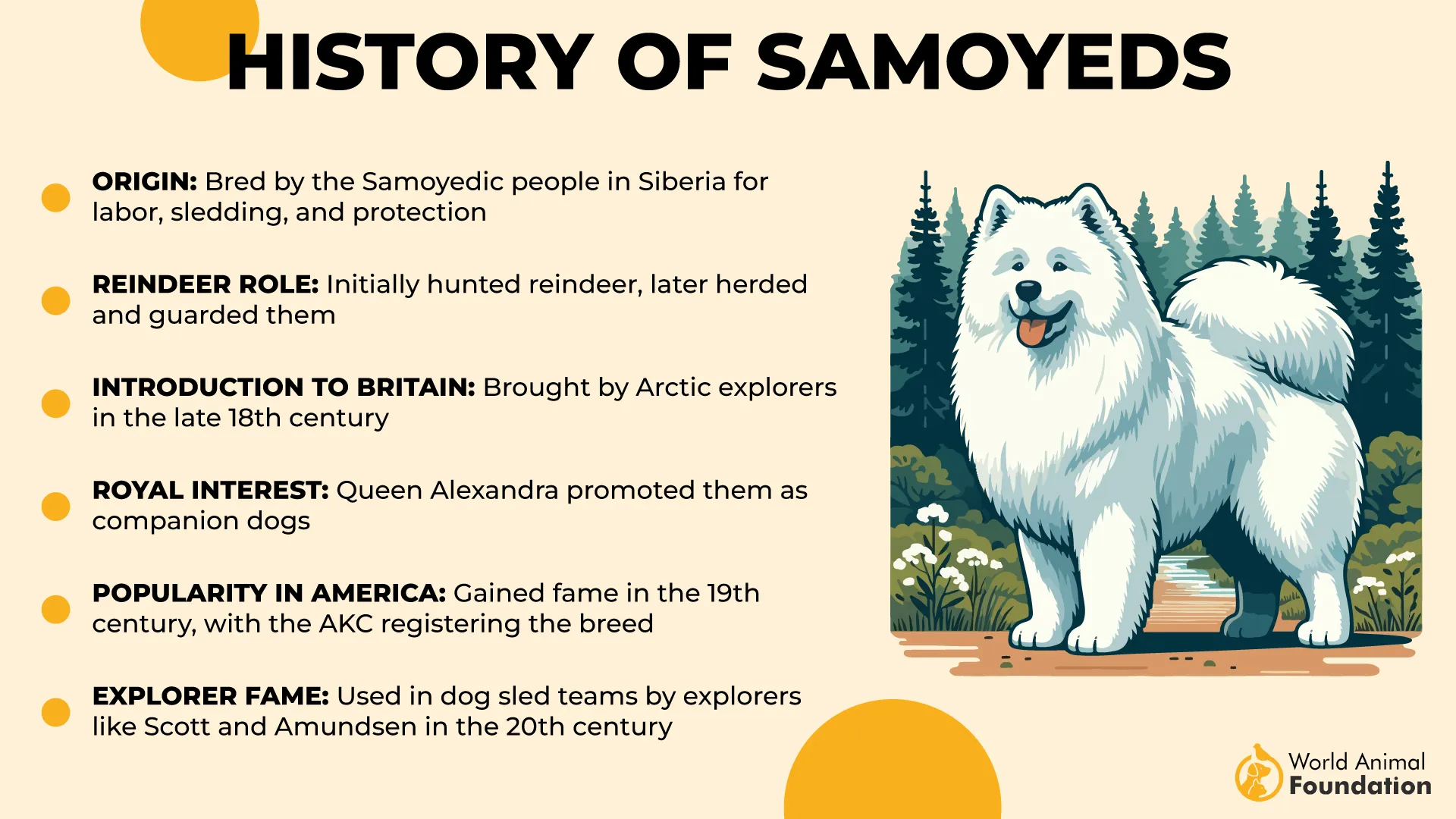
Why Samoyeds Slay Snowballs:
Ultra-dense, fluffy coat that repels snow and ice like a champ
Double-layer insulation keeps them cozy even in freezing temps
Happy, social snow lovers who turn any blizzard into a playground
Their strong herding and working instincts make them alert and watchful, though they are generally friendly rather than aggressive.
They are known for being vocal, often “talking” or barking to communicate. Overall, Samoyeds are loving, loyal, and cheerful companions with a sweet and lively personality.
Fun Fact: Their famous “Sammy smile” isn’t just adorable—it’s a clever way to hide tired jaws after a long day of Arctic adventures!
7. Newfoundland
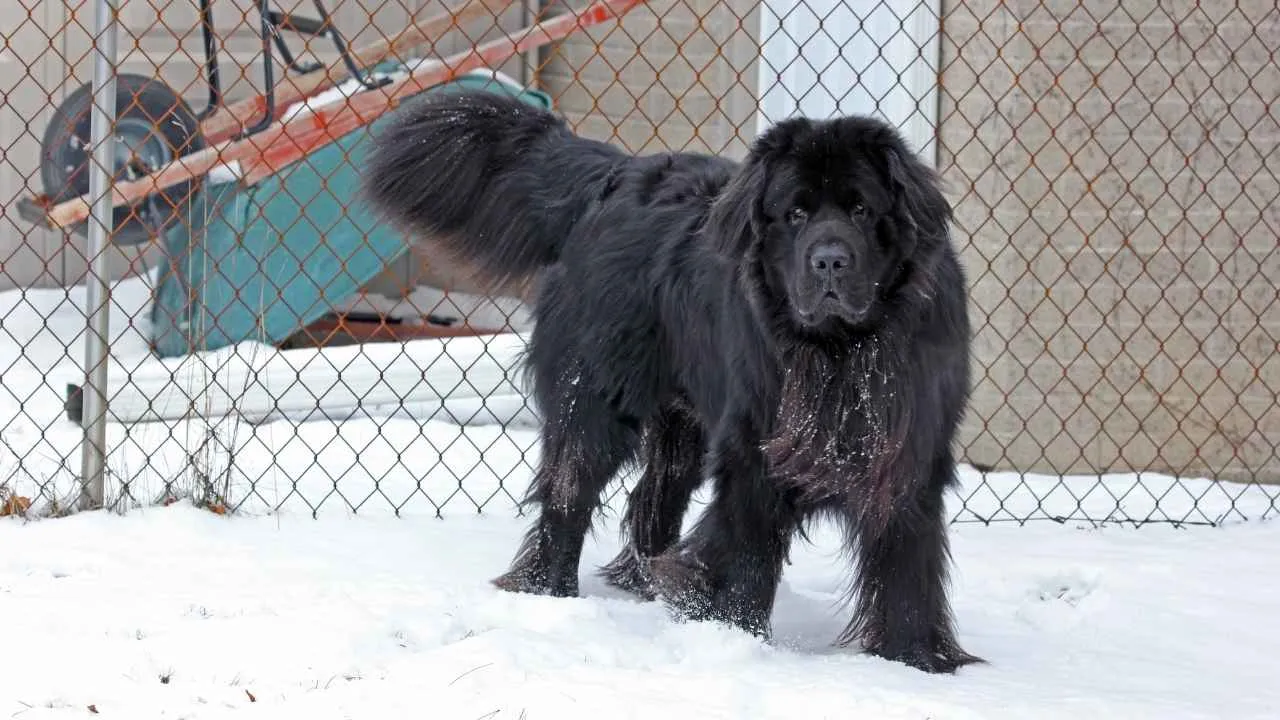
Hailing from the icy coasts of Newfoundland, Canada, these massive dogs were bred to assist fishermen—hauling nets, rescuing swimmers, and navigating icy waters. Newfoundland dogs are large, muscular, and powerful, built for strength and endurance.
Size:
Height: 26 to 28 inches at the shoulder
Weight: Typically 100 to 150 pounds
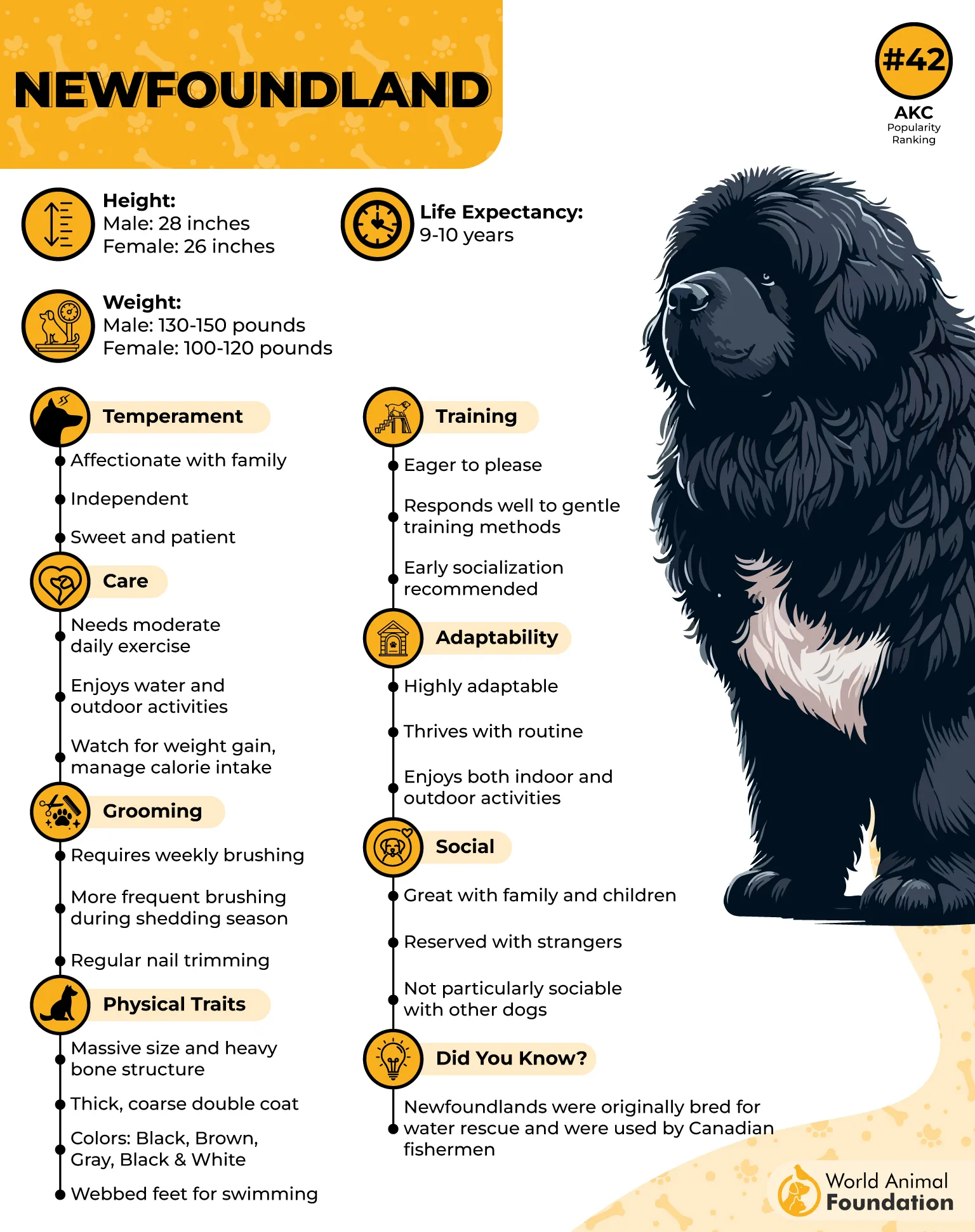
Their facial features include gentle, expressive eyes, a broad skull, and a large black nose. The ears are medium-sized and lie flat against the head, while the tail is long, bushy, and usually carried low. Their thick, oily, water-resistant coat was purpose-built to keep them warm and dry in frigid conditions.
Known as gentle giants, Newfoundlands have a calm and patient demeanor. They are extremely loving and great with children, often referred to as “nanny dogs” because of their natural tolerance and protective instincts around kids.
Why Newfoundlands Crush Snowballs:
Thick, oily coat that sheds water and snow like a pro
Massive size and strength built for cold-weather rescue work
Calm and loving nature makes them perfect winter companions
Newfoundlands are protective dogs that instinctively place themselves between their family and strangers. While they aren’t typically barkers, they remain watchful and ready to defend.
Known for their intelligence, many owners share stories of their Newfoundlands alerting them to fires and even rescuing them from swimming pools, Hillspet noted.
Newfoundlands are perfect for families wanting a loving, gentle giant who is both a protector and a patient companion. Their water rescue heritage makes them strong swimmers and natural helpers in water-related activities.
Fun Fact: Newfoundlands have webbed feet—so not only do they glide through snow, but they’re also ace swimmers who could give polar bears a run for their money.
Conclusion
Dog breeds with snowball-resistant fur are ideal for cold temperatures, making them a great choice for year-round outdoor adventures. Breeds like the German Shepherd, Great Pyrenees, Poodle, and American Eskimo Dog have thick coats that help retain body heat and resist snow clumping, even on cold winter days or in freezing temperatures. These high-energy pets thrive in extreme temperatures, thanks to their natural instinct and playful nature.
While some animals with short coats need extra protection, these furry friends enjoy long walks and spending time outside during the colder months. With proper care, these canine companions stay healthy and happy regardless of weather conditions. Whether guarding livestock, exploring the snowy world, or just being a loyal pet, this breed loves the outdoors—even in rain or snow—more than many other breeds.


